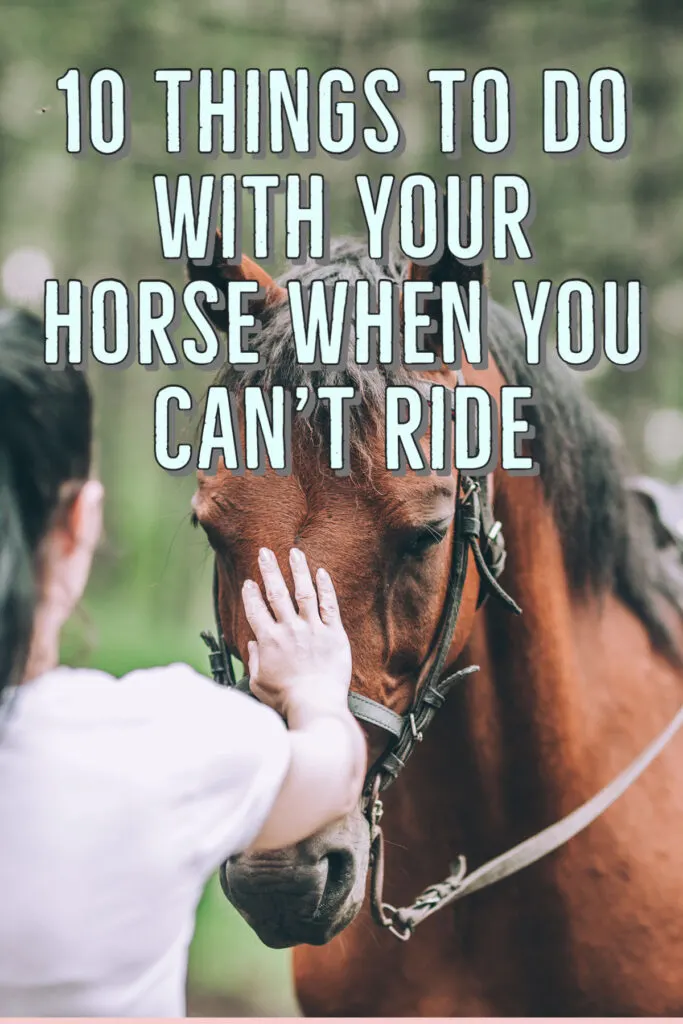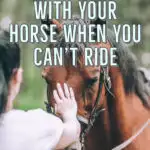Most of us became involved with horses through horseback riding. By far the most popular activity to do with horses, horseback riding is all some people can think of to do with a horse. In fact, there are many things you can do with a horse when you can’t ride. Whether your horse is on stall rest due to an injury or you are unable to ride due to inclement weather/lack of facilities, an injury, or other reasons, there are plenty of activities you can do with your horse.
In fact, spending time with your horse unmounted can develop and strengthen the bond between you and your horse. The activities you can do with a horse when you can’t ride are almost limitless, but this article will run down 8 fun activities you can do with a horse when you can’t ride it.
This list assumes that your horse is fully grown, and both physically and mentally mature. For specific activities of what you can do with young horses like things you can do with a yearling and things to do with a foal, check out these links for ideas for things to do with your horse at younger developmental stages.
Things you can do with a horse and you can’t ride:
1. Train a trick
Clicker training is an easy-to-learn positive reinforcement training method that can be used to teach simple tricks quickly or to chain multiple small tricks to create complex and impressive tricks. Clicker training is easy to learn, and horses adapt to it easily. Trick training a horse, such as teaching them to fetch or teaching them to pose for photos is pretty easy to do even for total amateurs to horse training, you just need a clicker and some motivating horse treats.
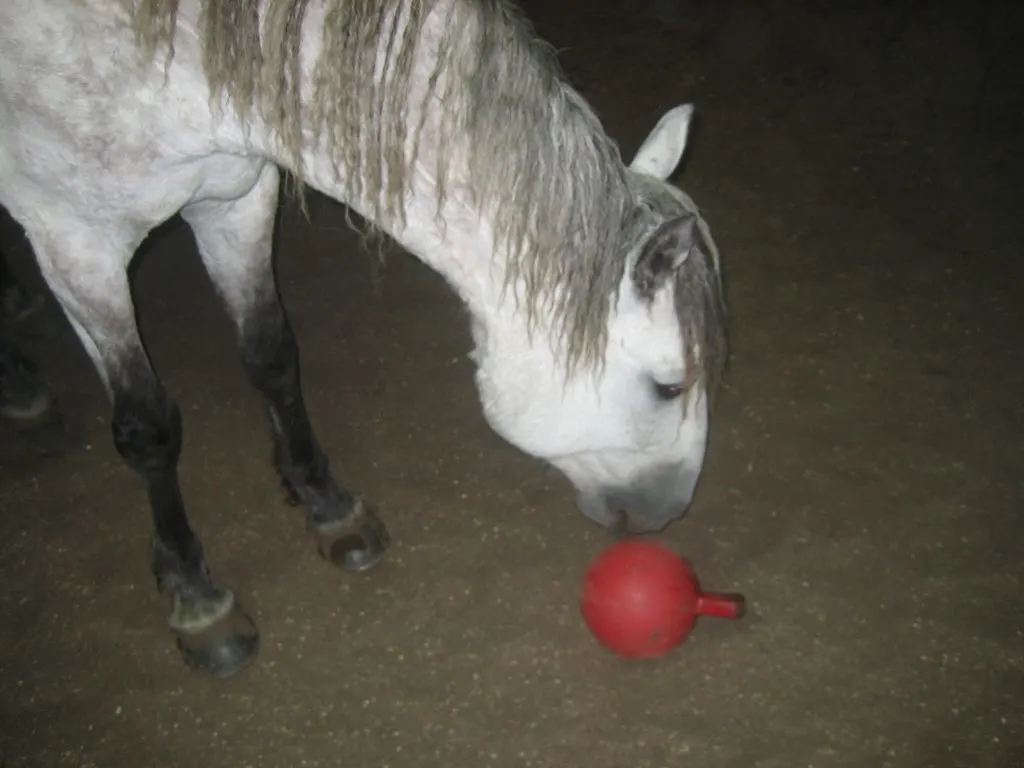
2. Teach your horse to Ground Tie
“Ground Tying” may technically be a “trick,” but horse professionals have been training horses to do this for generations. In fact, on working ranches, cattle horses must be proficient in ground tying so that when their rider dismounts to tend to livestock, they don’t have to worry about finding something to tie their horse to. Teach your horse to ground tie by dropping the lead line to the ground and training them not to move from the spot. Horses that are extremely well trained to tie learn generally pretty easy to ground tie.
How to teach a horse to ground tie: Teach ground tying by dropping the lead to the ground, telling your horse to “stay” or “whoa,” and taking one or two steps back from your horse. If your horse stays – even for a second – return and praise them with kind words and pats on the neck. If your horse tries to follow you, halt them, back them back up into the original spot, and repeat.
Over multiple sessions on multiple days, gradually increase the length of time that you ask your horse to stay and the distance that you retreat to. Within a week or two of daily practice (no longer than 3 to 5 minutes each practice session), your horse can be proficiently ground tying,
(Note: ground tying should only be used in a safe space or emergencies. In other words, it’s fine to ground tie your horse in a closed arena, but a terrible idea to ground tie your horse in a parking lot full of trailers at a horse show)
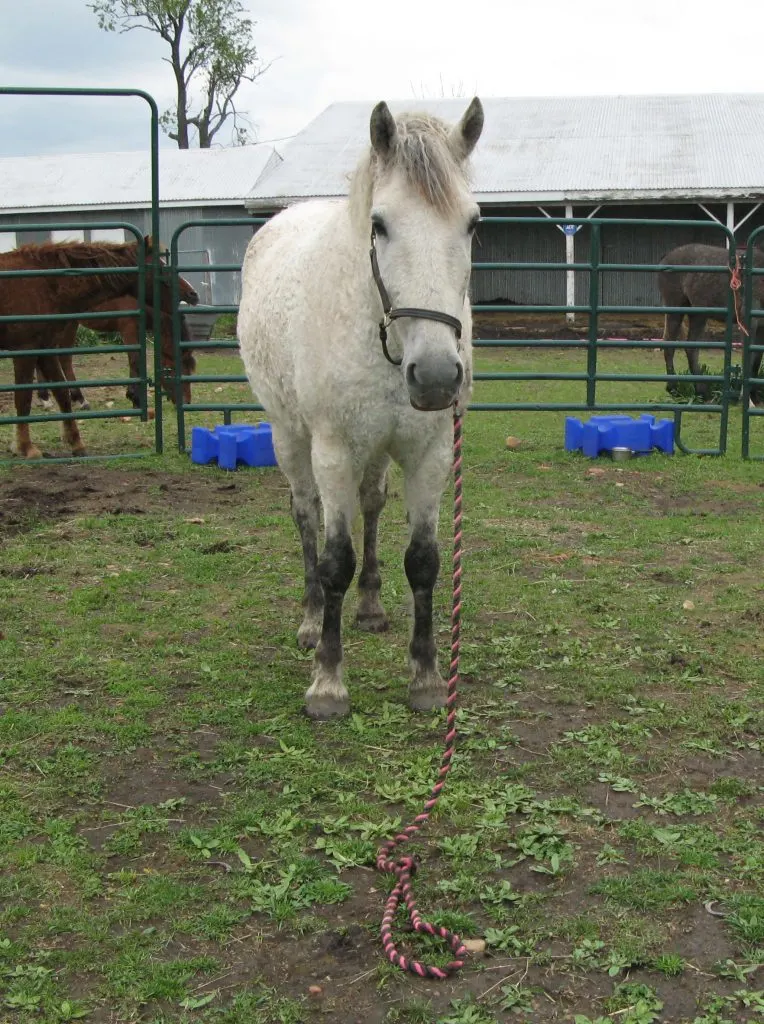
3. Bond with your horse through grooming
In wild horse herds and even our own domestic pastures, horses strengthen their bonds with each other through grooming. You’ve probably seen this in a pasture when two horses interlink their necks and gently bite each other around the withers. This behavior builds trust, helping them to bond and trust other members of their herd.
You can take advantage of this same bonding process by grooming your horse. Research indicates that horses enjoy being gently groomed, and researchers have theorized that grooming horses have psychological benefits for humans too. In addition to increasing blood flow and developing a rich sheen on a coat, grooming can help us connect more deeply with our horse – resulting in better communication and trust when and if we return to the saddle.
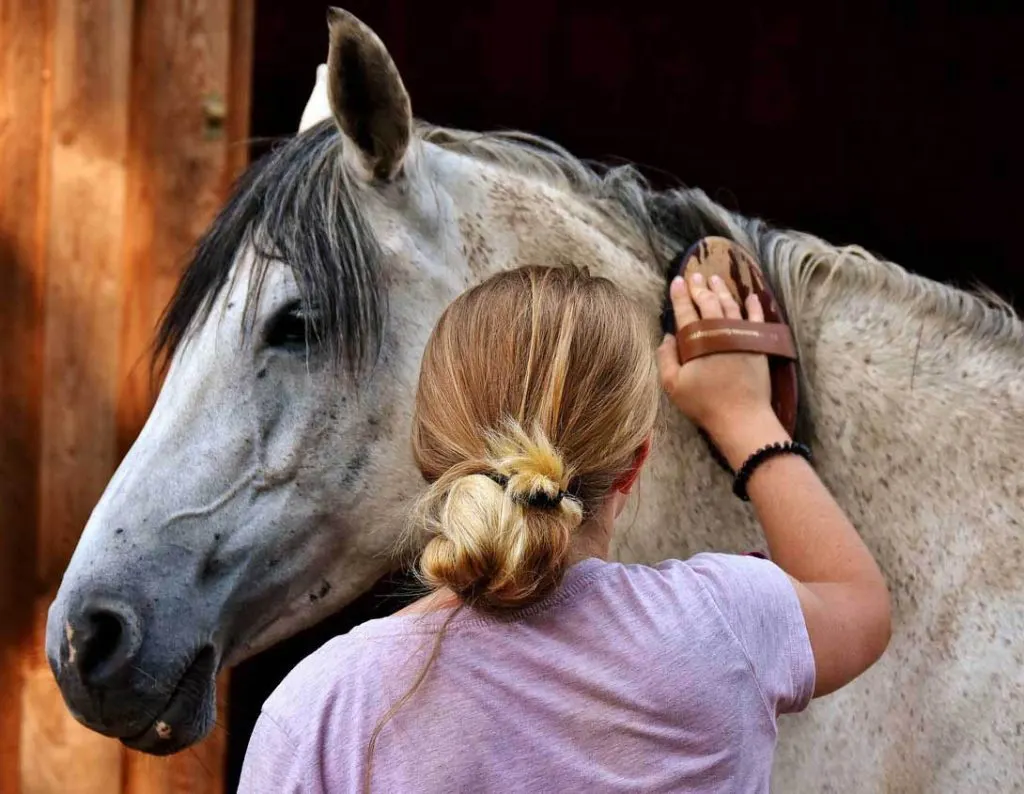
4. Practice natural horsemanship in a round pen
Several approaches to natural horsemanship place an unmounted rider and horse loose and a round pen. The theory is that as a person learns to use their body to subtly communicate with their horse through the body language of pressure and release, horses can develop a greater sense of trust in their handler’s ability to communicate clearly in ways that the horse understands. If you can’t ride for a season but have access to a round pen, videos or tutorials on natural horsemanship and round pen work may be helpful.
5. Make a Halloween costume for next fall
If you are part of a stable or riding club that hosts fun horse shows with costume classes (these are particularly popular in October), it’s never too early to start on next year’s Halloween costume. If you’ve got a little extra time on your hands because you are out of the saddle due to weather, injury, or other reasons, you can get crafty and make stuff for your horse- including a horse costume for costume classes.
By getting a jumpstart on next year’s Halloween costume, you’ll have plenty of time to spend creating a really impressive costume.
Plus, you’ll have plenty of time to desensitize your horse to the scariness of wearing a costume.
For more tips on creating a horse Halloween costume and how to train your horse to wear it calmly, check out our article on making a Renaissance costume for your horse. For costume ideas, check out this roundup of tons of trendy Halloween costumes.
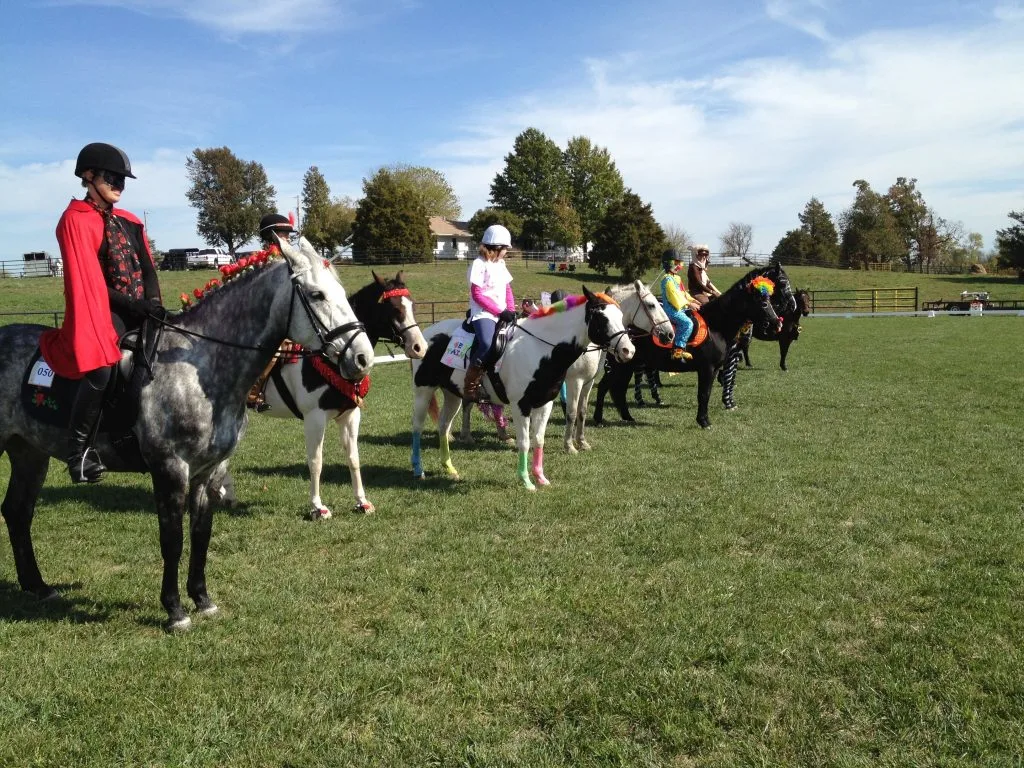
For more horsey Halloween fun, you can spend your time out of the saddle planning spooky stall front decorations for a “haunted stable” experience or create horse-themed Halloween care packages for your riding friends, clients, or boarders.
Barbie Dreamhorse Horse and Rider Costume
One of my favorite, and in 2023, most on-trend costumes for horse and rider is Barbie and Barbie’s dream horse. Barbie Halloween costumes are so easy to create with items you probably already have on hand. And as every girl who grew up with Barbies knows, Barbie’s dream horse is the ultimate accessory.
To prep your horse for exhibiting in a costume class as this iconic doll’s horse, pair your typical tack with a pink saddle pad, pink polo wraps, and a pretty braided mane. Four strand braids tied with pink ribbons can make your horse look exactly like the Barbie horses in my toy chest did!
6. Teach your horse a verbal cue for whoa
We’ve written before on the topic of why and how you should teach a rock-solid whoa command to your horse. Training this “emergency brake” can be especially helpful for kids’ horses or horses that beginners are allowed to ride. Being able to stop a horse from across the arena is a particularly powerful training tool (and selling point, if selling your horse is ever a future possibility).
You can teach your horse a verbal command for whoa without ever needing to mount up. You can teach your horse to stop on command while working them loose in a round pen or lunging them on a lunge line- both great ways to keep up your horse’s muscle tone while using the time to teach a new safety skill.
7. Practice mane and tail braiding
Whether or not you ever think that you will exhibit in horse show where braiding is required, braiding manes can be enjoyed just as a hobby. Practice show braids, exotic braids like four-strand braids, master running braids, or even put in pasture braids. Braiding your horse’s mane is not only fun, but it also has the same bonding-promoting benefits of grooming and it can help your horse’s mane grow longer and fuller by stimulating hair follicles and preventing snags and tangles.
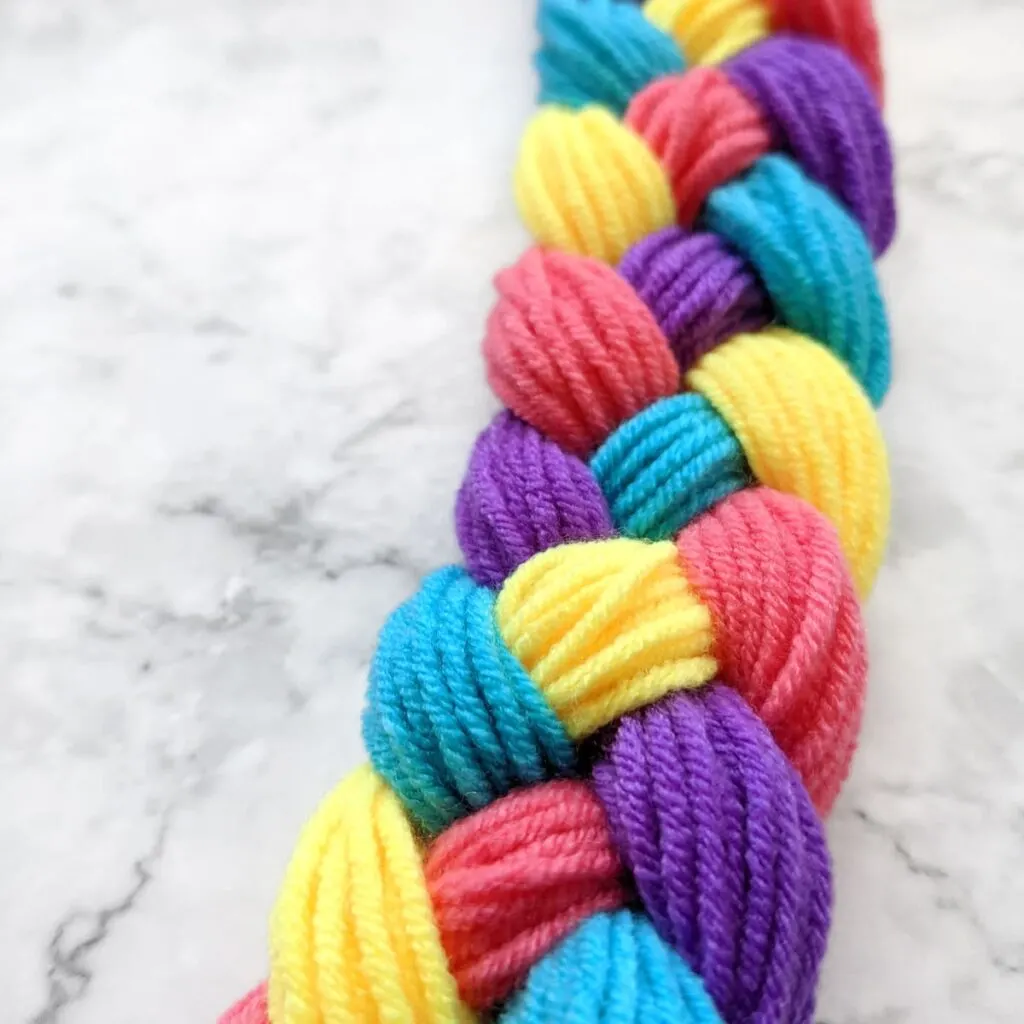
8. Teach your horse to drag shafts
While driving training is definitely best left to the professionals (it can be very dangerous to attempt training a horse to drive if you are not an experienced driving handler already) you can teach your horse to ground drive and then drag a set of lightweight PVC “dummy shafts” during the period that you are unable to ride.
Check out our full article on building PVC dummy shafts and introducing them to your horse. With this training, your horse becomes increasingly desensitized to dragging objects (which, even if left there can be helpful rider-safety training for horses). With a horse trained to drag dummy shafts, if you ever do decide to have your horse work with a professional driving trainer, your horse will be ready to hitch to an actual cart much more quickly.
tl;dr
Sometimes, through fate, bad weather, or other reasons, we may find ourselves unable to ride our horse for a season. Even though we can’t go horseback riding, there are plenty of things to do with a horse when we can’t ride. Some of these activities include grooming and braiding, practicing new tricks, preparing for the next show season, and desensitizing your horse to new experiences that will help them become safer, more trustworthy, and more versatile mounts in the future.
